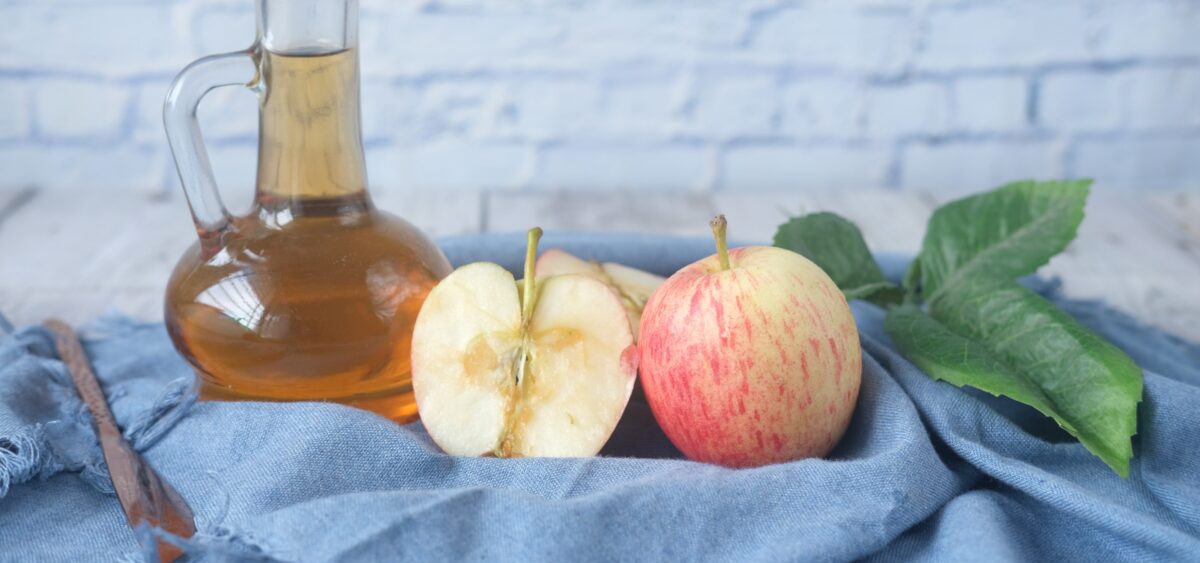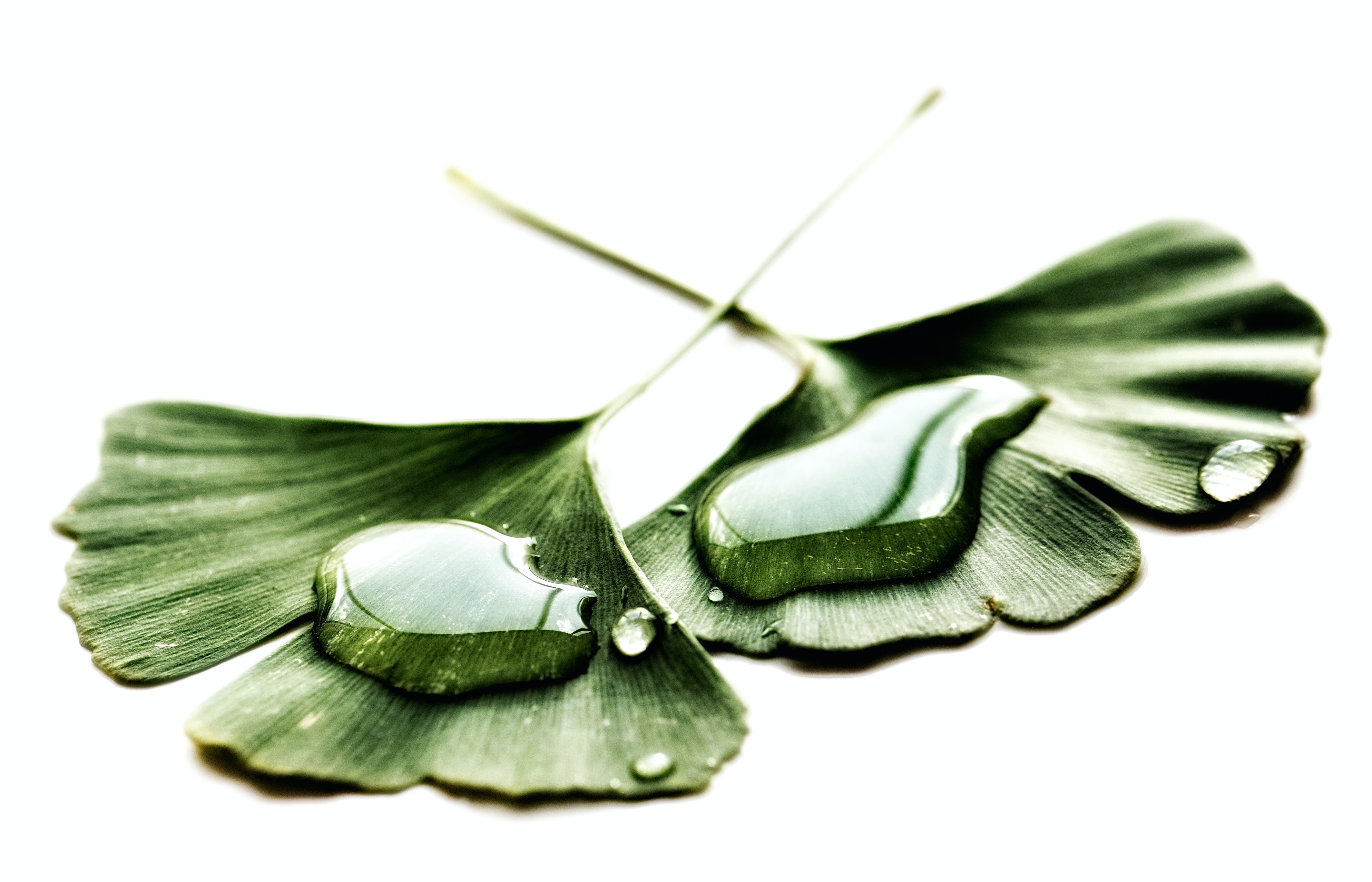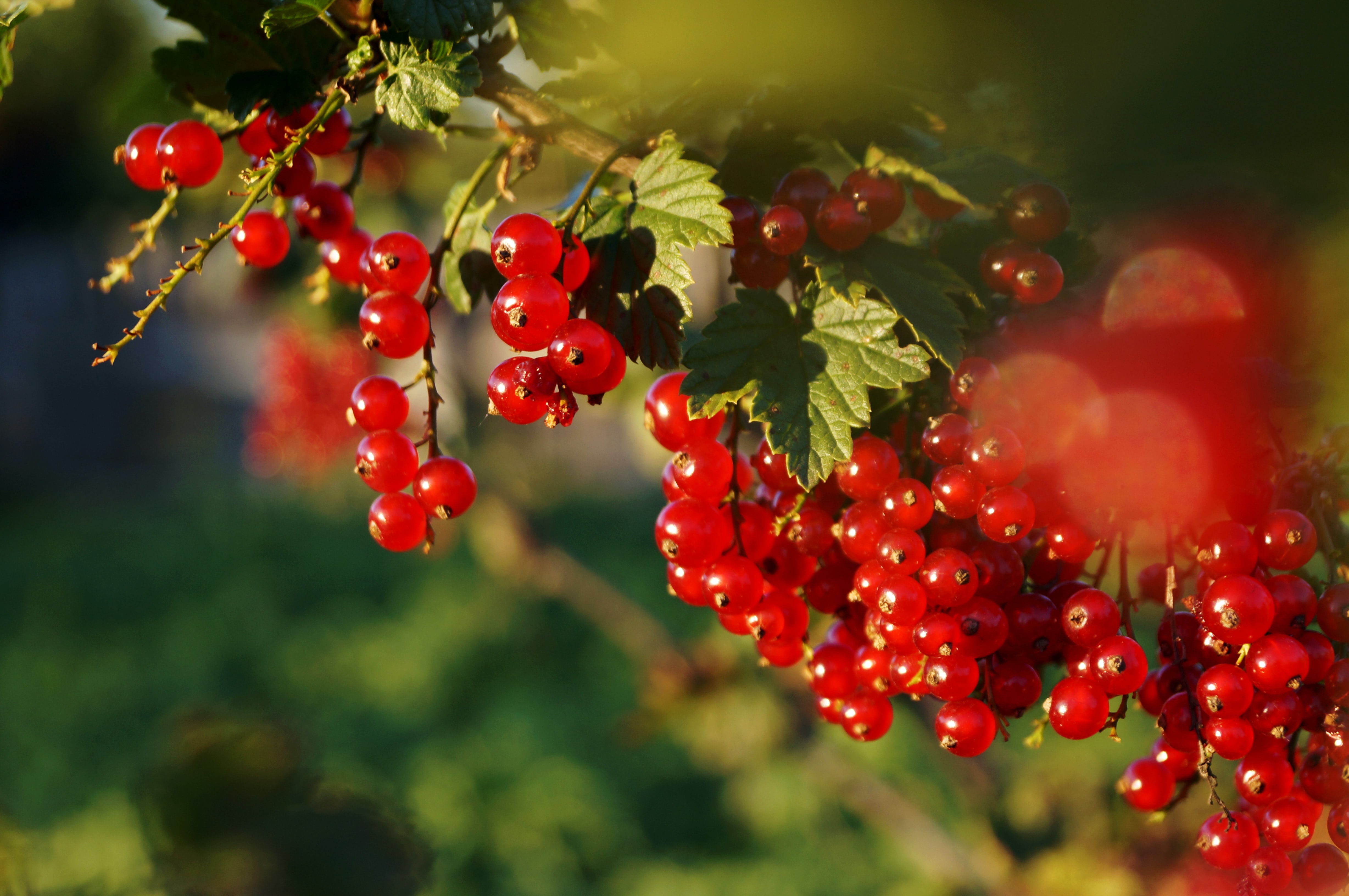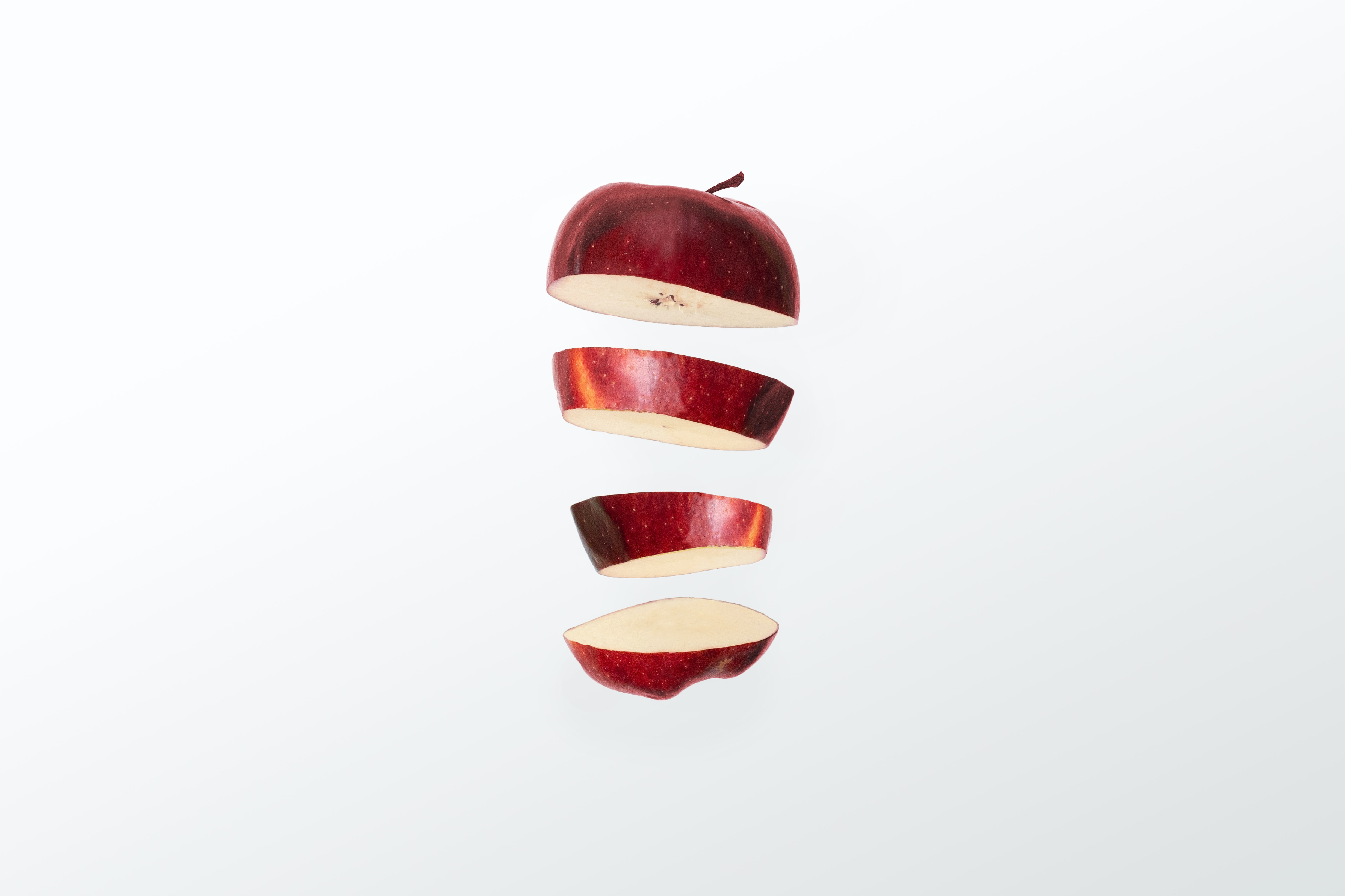
For several years, I have been turning everything I come across into vinegar. Anywhere I go – woods and meadows, markets and allotment, forest paths and clearings, riverbanks – I forage flowers, plants, weeds, herbs, berries, fruits, roots and rhizomes. Vinegars once played an important role in herbal medicine. They were dethroned once distillation became popular – alcohol, as an excellent solvent for valuable plant ingredients, has dominated herbal remedies. I appreciate tinctures and I do make them myself, but my heart belongs to vinegars.
The best known herbal vinegar in the European herbal community is the four thieves vinegar supposedly invented during the Black Death epidemic. According to legend, it protected a group of looters from catching the disease, while others dropped like flies. Last year, I tried to make this concoction during a trip to southern France. Unfortunately, I wasn’t able to find all the necessary ingredients (angelica, rosemary, rue, lavender, wormwood, sage, cloves and oregano). This year, I will make another attempt.
Medicinal herbal vinegars can be prepared using spirit or wine vinegar, most often in a ratio of one part dry herb to five parts vinegar. You need to leave it for about two weeks, shaking from time to time, and then drain it. The potions can be stored for up to several years. Another option is acetic fermentation with the ingredient of your choice. Vinegar fermentation is not exactly a real process of fermentation. It involves alcohol fermentation and the oxidation of the resulting ethanol to acetic acid. This is facilitated by the Acetobacter genus bacterium – their species Acetobacter aceti and Acetobacter orleanese need oxygen in order to do their job. Acetic acid content in the obtained solution varies – in homemade vinegars it is much lower and reaches several percent, while shop bought spirit vinegar has as much as 10%.
Fruit vinegars
It might be worth starting with fruit vinegars. They are appealing, because they almost always turn out well, can form a real ‘mother of vinegar’ and can be used in making more complex vinegars. The ‘mother of vinegar’ is a gelatinous layer formed on the surface consisting of natural cellulose, or carbohydrate. Once it forms, put it in a jar with a little liquid. You can add it to subsequent concoctions to speed up the process of vinegar formation.
It’s worth starting with making apple cider vinegar – it is best to use sour apples, cider apples, or even wild apples. For true followers of the zero waste principle, the apple core and peel from fruit used in other preserves will suffice. Make the vinegar in a glass jar by pouring water with sugar (4–5 tablespoons per litre) in a ratio 1:2 over the chopped fruit or cores. The pieces can be small or large, regularly shaped or not – whatever you prefer. Cover with a cloth, secure with elastic, and wait. Wait, but remember to shake it – at least once, preferably several times a day.
In the initial phase, the fruit will float to the top, after a few days foam will appear on the surface. Later, it will sink to the bottom. Daily shaking is necessary to prevent mould or other unwanted organisms from developing on the surface. When the clear, transparent liquid starts to turn a little cloudy, the fruit will fall apart releasing their best properties. After two weeks – depending on temperature (in hot weather, my strawberry vinegar was ready in a record seven days) – drain the liquid, separating it from the fruit, and leave it covered with a cloth for a few more days (up to a week). If you want to get rid of the sediment collected at the bottom, use a tube when draining. The finished liquid should be sealed in glass bottles and stored away from sunlight.
A bottled forest aroma
Seasonally, three common plants can be harvested in the forest: heather, goldenrod and blueberry leaf. This mixture produces an incredibly aromatic vinegar that smells like the forest, summer and fairy tales. You can drink it, smell it, add it to salads and use it as a rub.
But what can we really use all of these vinegars for? First, they can be used in culinary arts as an addition to sauces, soups, but also a base for homemade isotonic drinks. A few tablespoons of vinegar (strawberry, apple, currant or pear), a litre of water and some honey – this is the recipe for the perfect thirst-quenching drink.
Second, beauty rituals. Skin likes vinegar. Add it to herbal baths to increase the absorption of active substances, to hydrosols and facial cleansers. You can rinse your hair with it, add it to herbal infusions to add shine and help heal the scalp.
The third use is medicinal: you can rub it on insect bite marks (burdock turned out to be very effective in my case), warm your feet during winter, or take a teaspoon of herbal vinegar when needed. However, the most important thing is the morning ritual: a glass of lukewarm water with vinegar, on an empty stomach. If you don’t like the taste, add some honey. But as the saying goes: honey attracts more flies than vinegar. On its own, vinegar is healthy enough.
Translated from the Polish by Joanna Figiel









